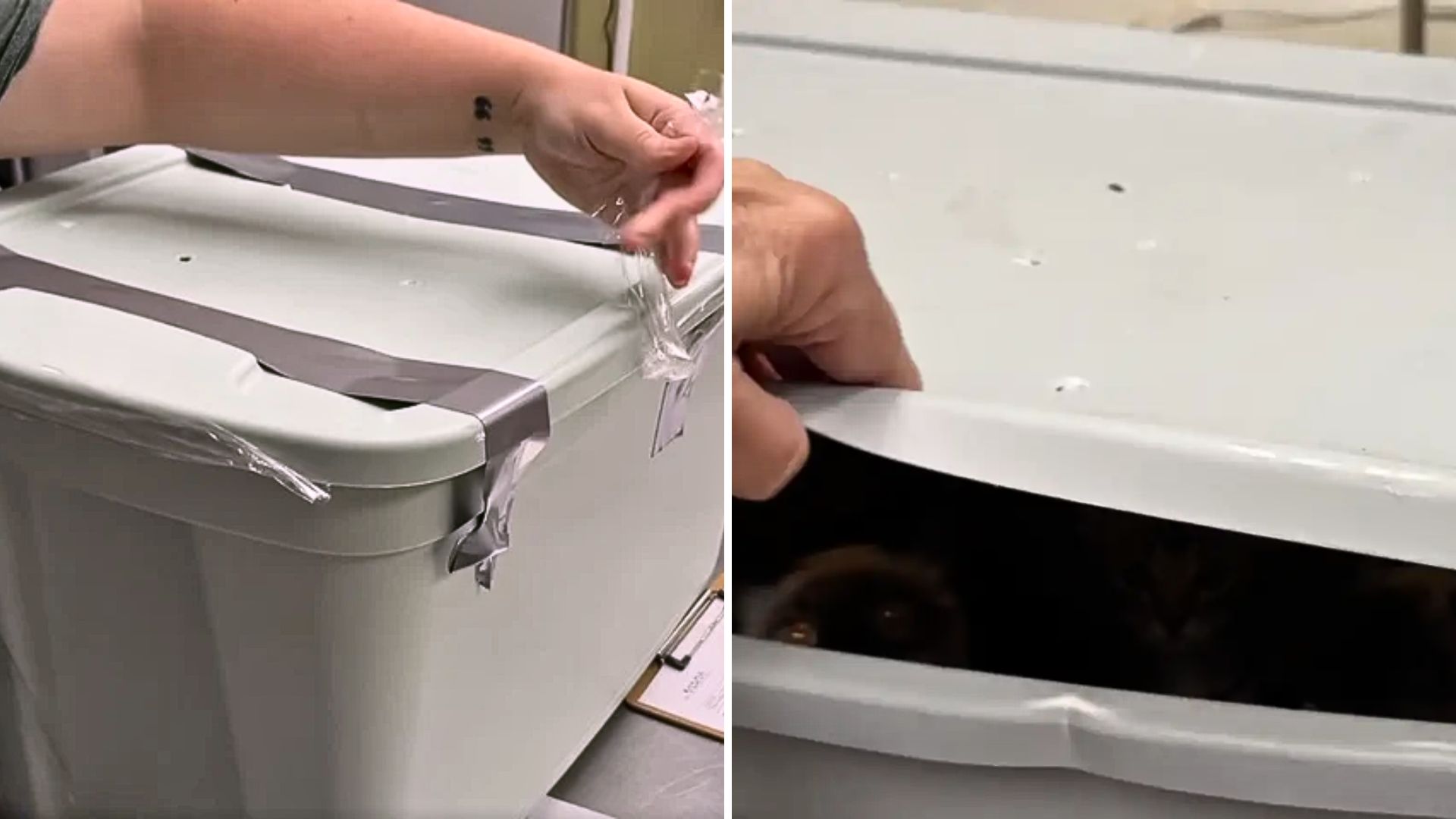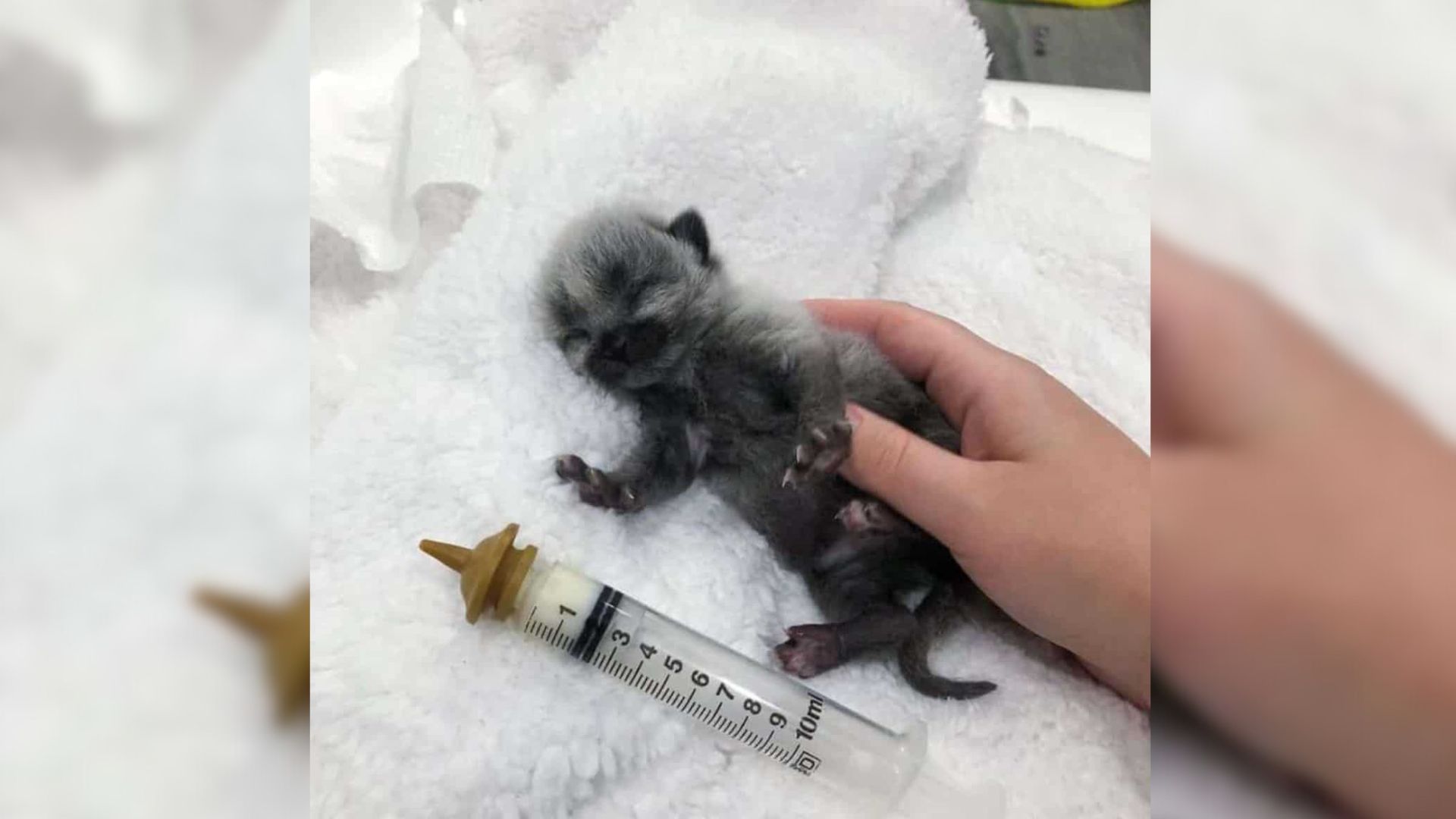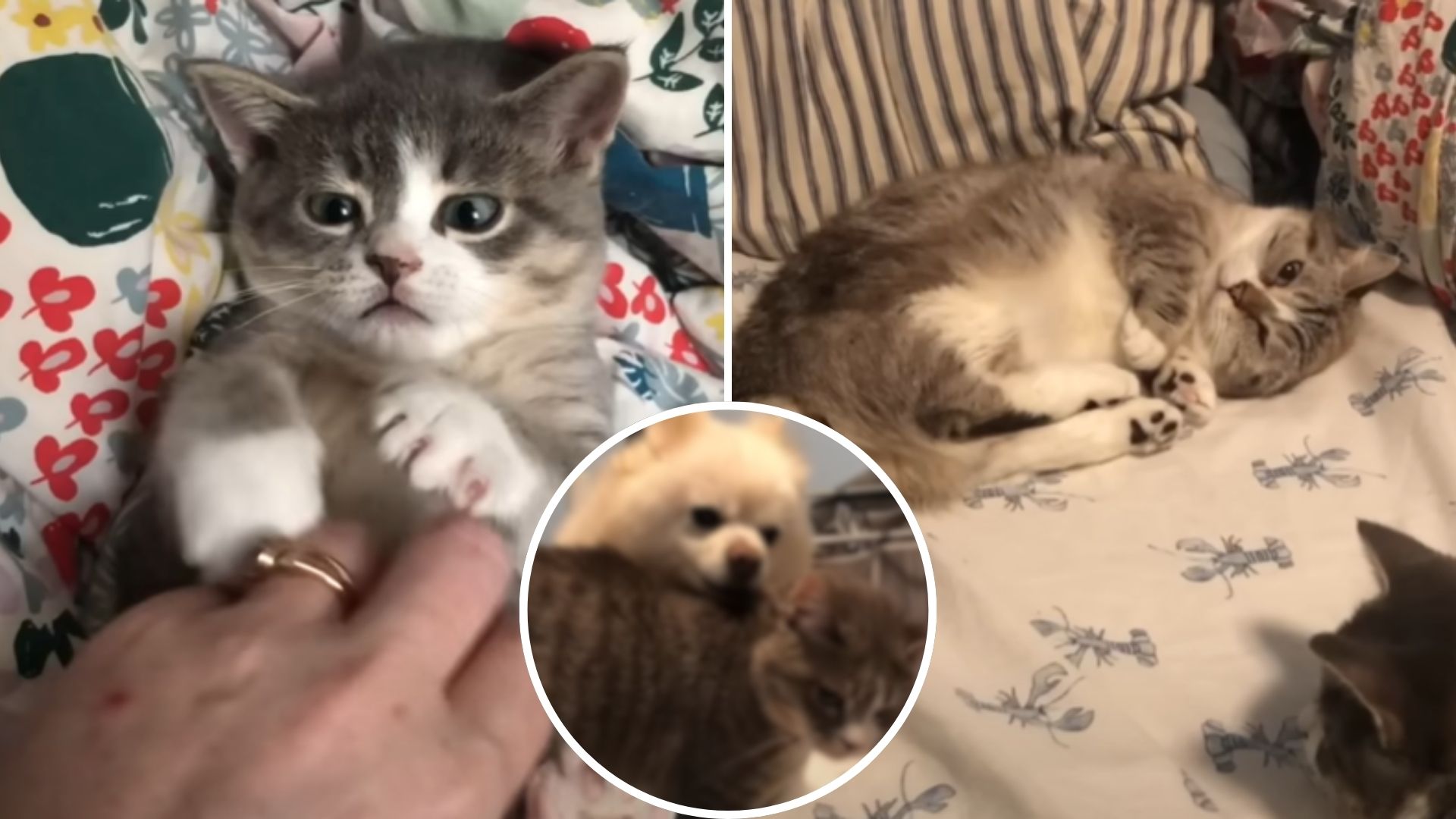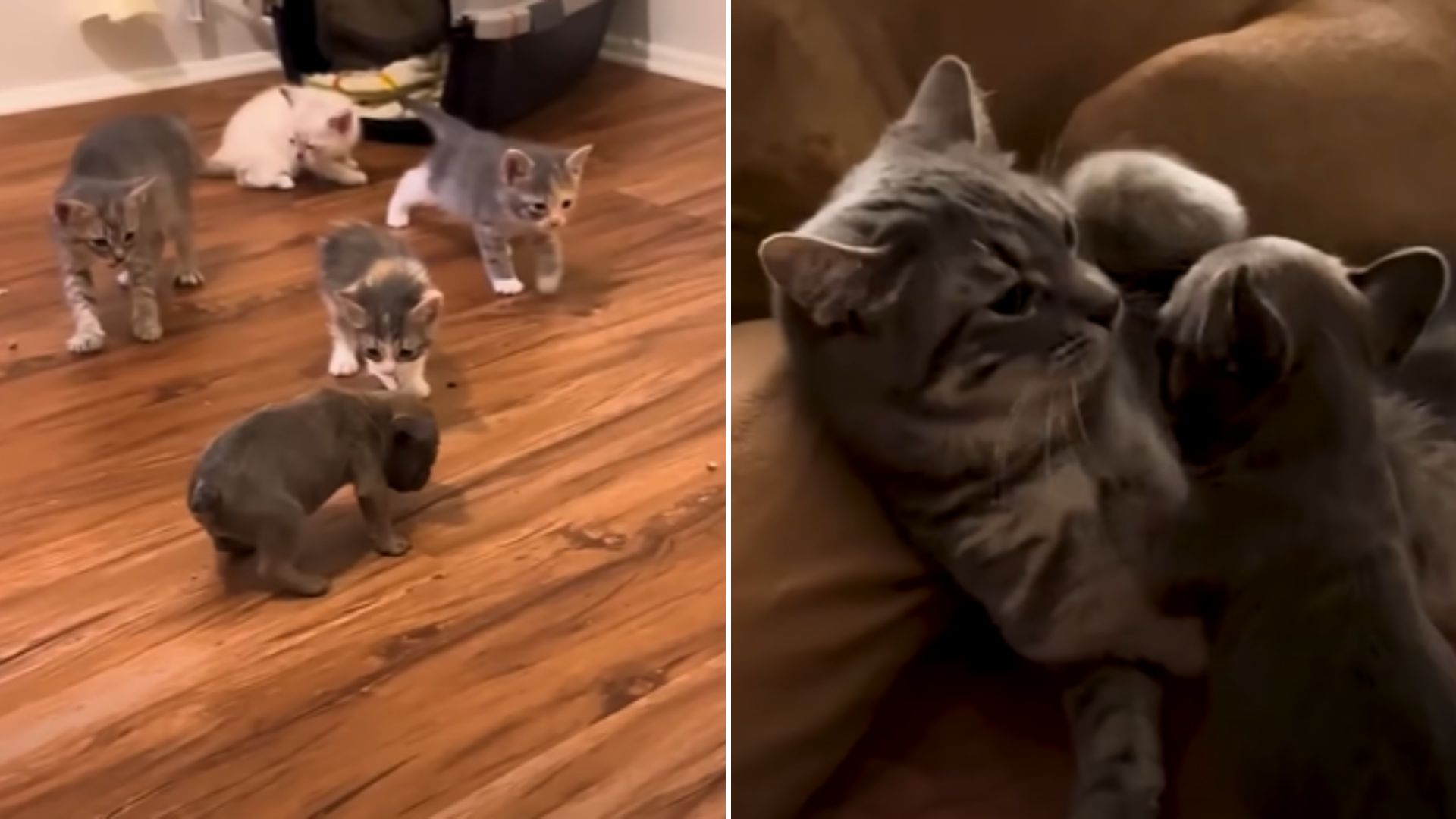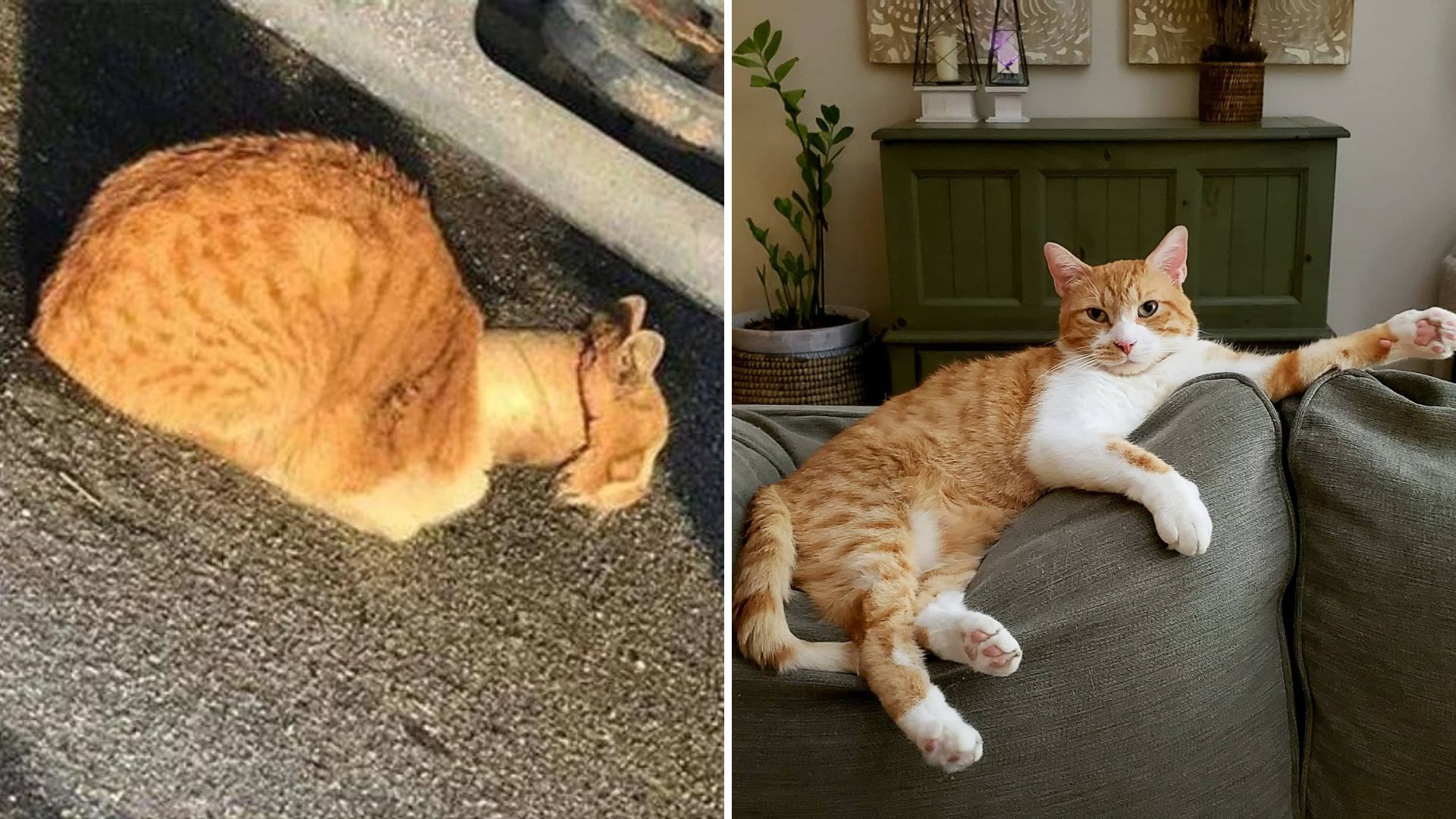In a heart-wrenching scene, a stray cat finds itself in a dire predicament as its eye oozes pus and succumbs to necrosis. Weighed down by unbearable pain, the cat lies groaning, its fragile existence hanging by a thread as it awaits a rescue that could spare it from an agonizing fate.
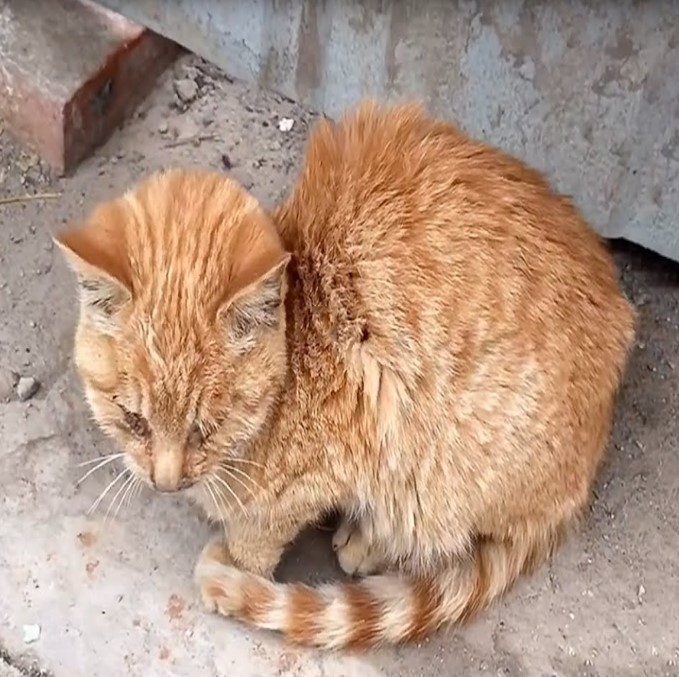
The cat’s eye, ravaged by infection and decay, becomes a harrowing symbol of its suffering. The relentless flow of pus and the telltale signs of necrosis serve as a distressing reminder of the urgency with which this innocent creature requires assistance. Gripped by the relentless agony, the cat’s groans echo through the air, a desperate cry for help that echoes in the hearts of those who witness its torment.
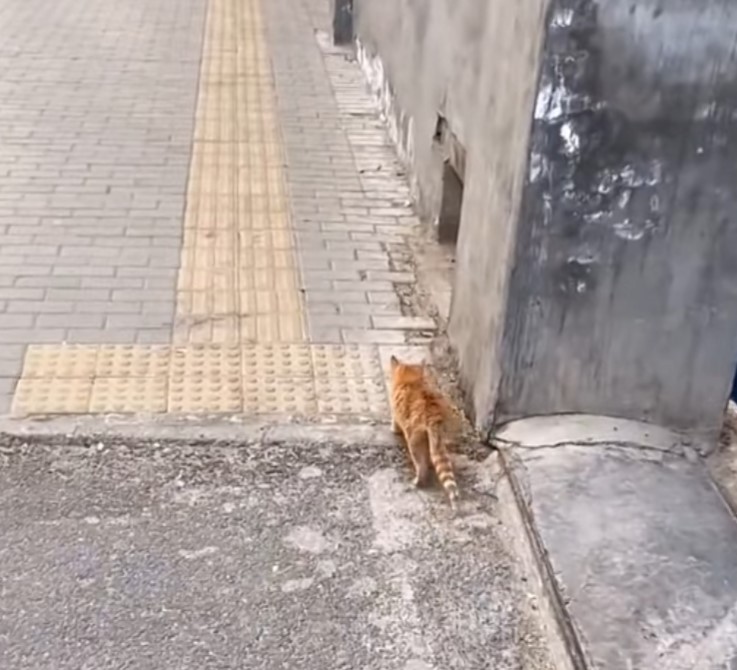
In the face of such unimaginable pain, we must not turn a blind eye. We must recognize the urgency of the situation and act swiftly to save this cat from its impending demise. Every moment counts as we strive to provide the necessary medical intervention and compassion to alleviate its suffering.
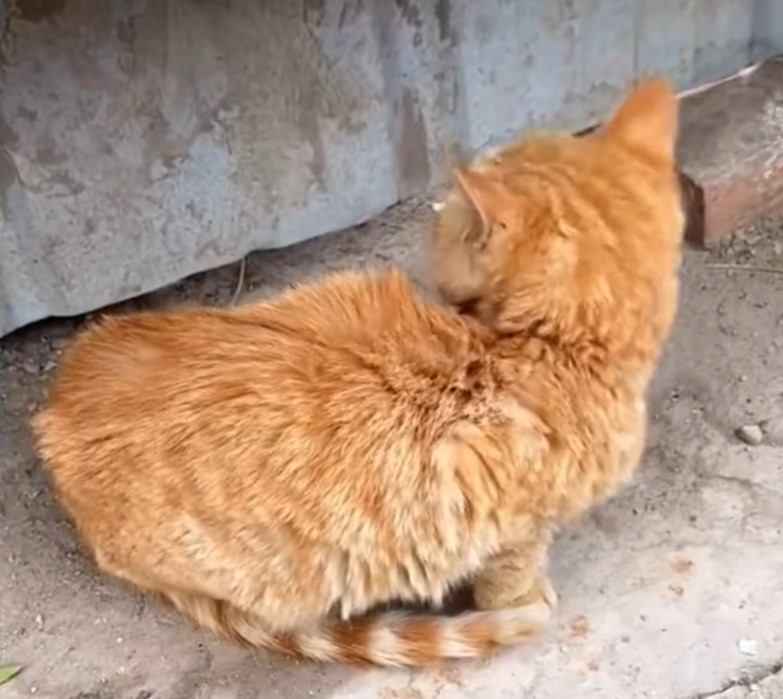
Contacting local animal welfare organizations, veterinary clinics, or rescue groups is crucial in this critical situation. These entities possess the expertise and resources needed to address the cat’s condition effectively. Reach out to them immediately, explaining the severity of the cat’s eye infection and requesting their urgent assistance.

Veterinary professionals are equipped to assess the extent of the infection and necrosis, determining the best course of action for the cat’s recovery. They may prescribe appropriate antibiotics, perform necessary surgical procedures, or recommend palliative care to alleviate pain and discomfort.
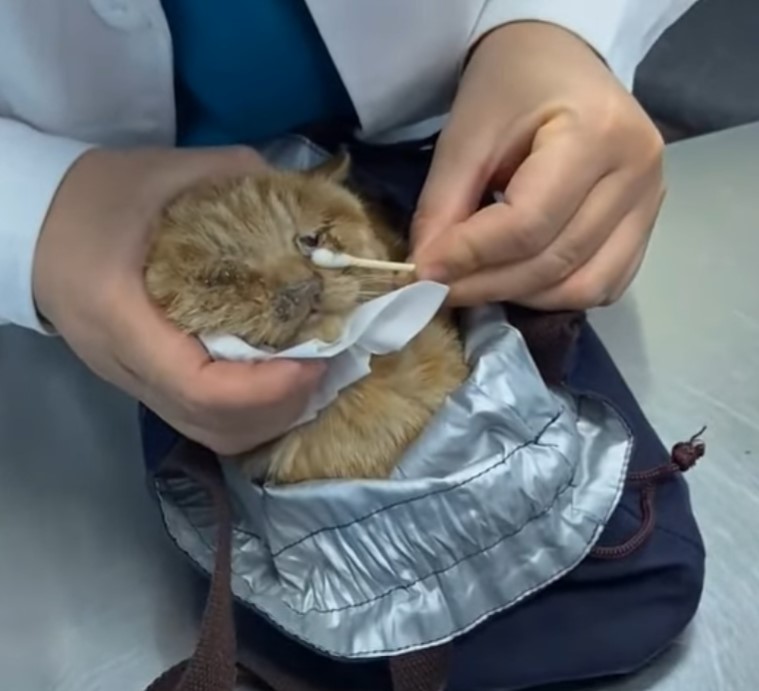
While waiting for professional help, providing temporary relief to the cat can make a difference. Ensure the cat is kept in a quiet and clean area, away from potential stressors. Offer access to fresh water and small amounts of easily digestible food, if possible. However, refrain from attempting any home remedies or touching the affected eye without professional guidance, as it may worsen the cat’s condition.

In parallel, it is essential to reach out to local animal control authorities or agencies, notifying them of the cat’s dire situation. Their involvement can expedite the rescue process, ensuring that the cat receives the immediate care it so desperately needs.

Together, as a compassionate community, we can rally around this suffering stray cat. By taking prompt action, connecting with veterinary professionals and animal welfare organizations, and involving local authorities, we can help alleviate its pain, provide the necessary medical attention, and offer a chance at a renewed life.

